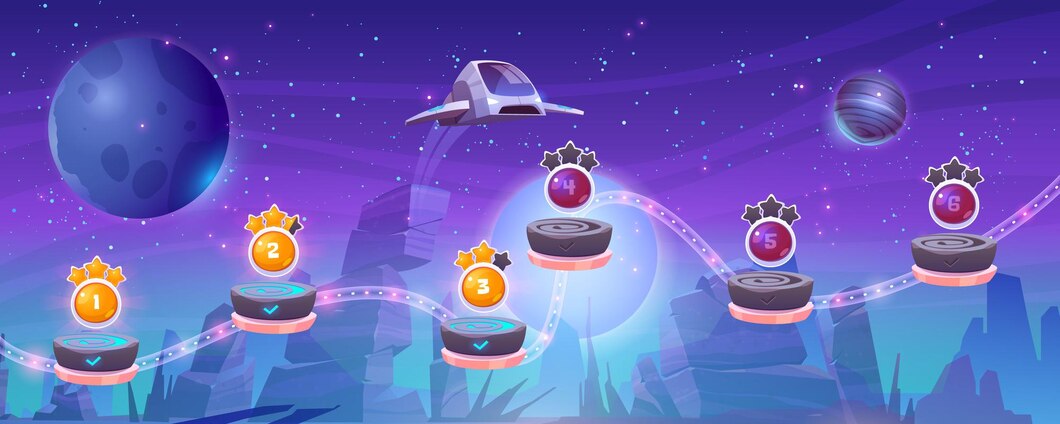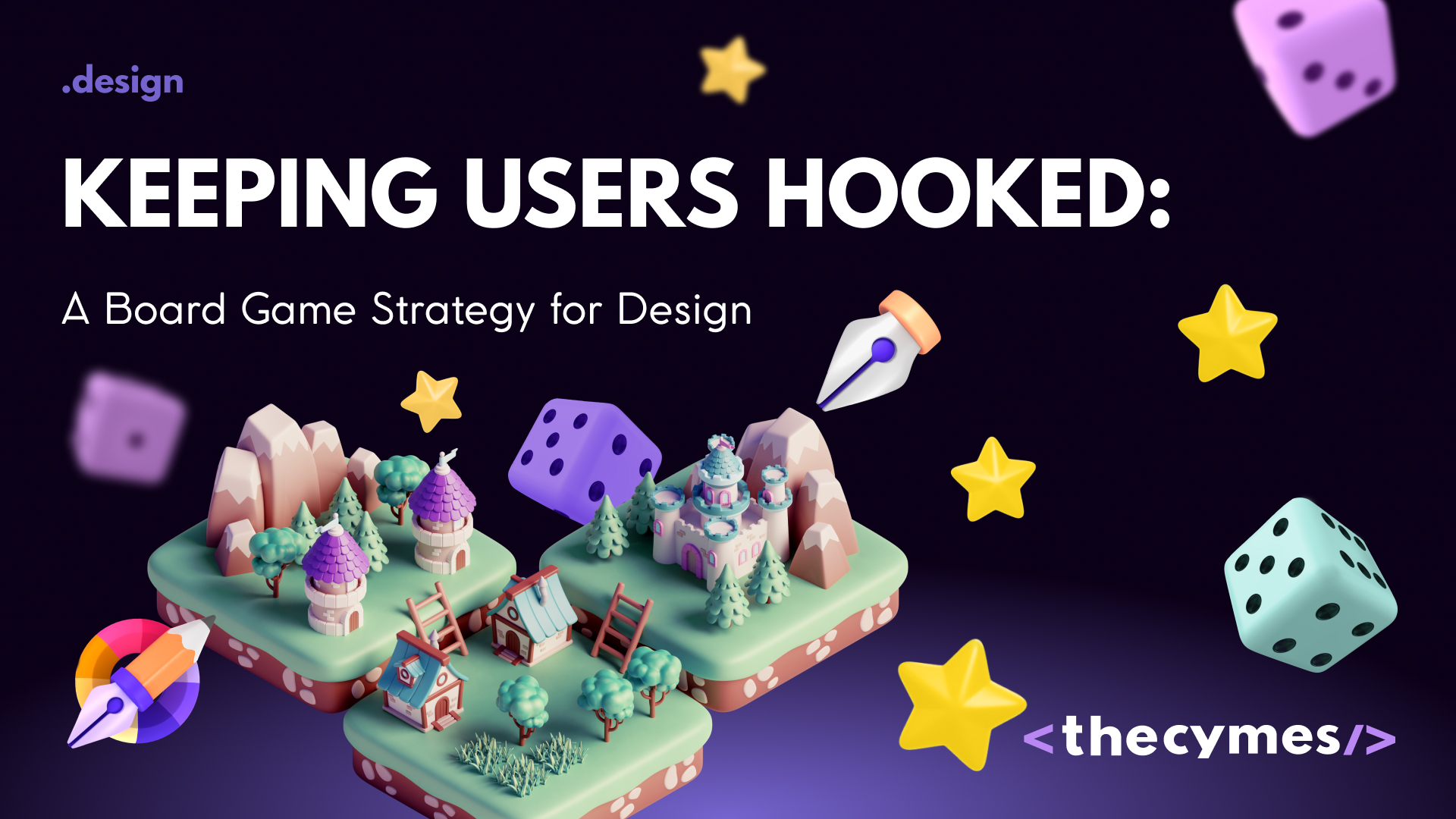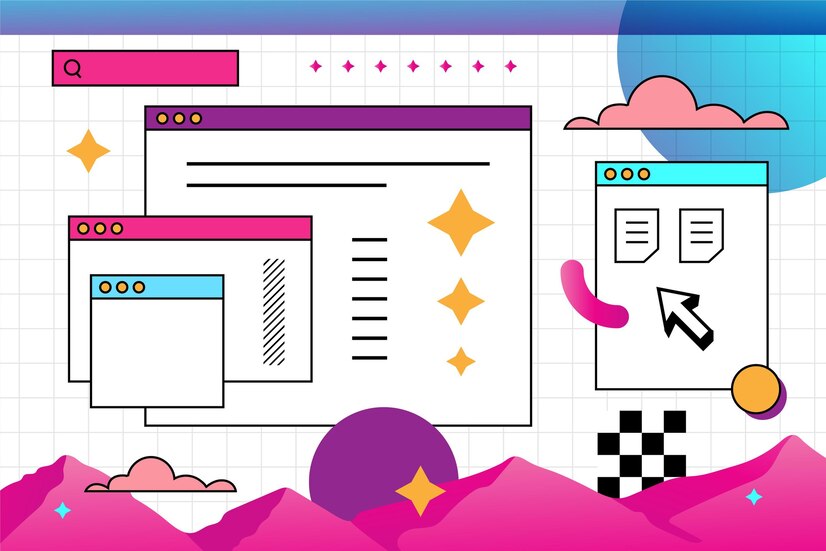Table of Content
The Evolution of Game UI Design: A Gateway to Immersive Gaming Experiences
/>Explore the evolution of game UI design and its crucial role in shaping immersive gaming experiences. Learn about the collaboration between UX and UI designers, the types of visual representation in game UI, the significance of HUD, and selecting the right design software. Discover how game UI design enhances gameplay immersion and creates seamless interactions with the virtual world.Introduction
In the realm of video games, captivating visuals and engaging gameplay are often the main focus. However, an essential component that often goes unnoticed is game user interface (UI) design. The game UI design serves as the bridge between players and the virtual world, providing intuitive controls, seamless navigation, and immersive experiences. In this article, we will explore the evolution of game UI design and its crucial role in shaping modern gaming experiences.
The Definition and Significance of Game UI Design

Image by vectorjuice on Freepik
Game UI design encompasses the creation of visual elements that guide players through their gaming journey. It includes on-screen instructions, maps, health bars, character selection screens, and more. Without effective UI design, games would lack clarity and players would struggle to interact with the game world. As technology advances, game UI design must adapt to various platforms and user preferences, ensuring a seamless and enjoyable gaming experience.
Collaboration Between UX and UI Designers
In the realm of game design, UX (user experience) and UI (user interface) designers work hand in hand. UX designers focus on mapping out the player's journey, creating wireframes, and optimizing the overall gaming experience. UI designers, on the other hand, use visual elements such as color, typography, and content hierarchy to make the gameplay intuitive and visually appealing. This collaboration ensures that players can navigate the game effortlessly while being captivated by the aesthetics.
Types of Visual Representation in Game UI Design
- Diegetic: UI elements that exist within the game's narrative and are visible or audible to the characters, such as in-game holograms or futuristic gadgets.
- Non-Diegetic: UI elements that exist outside of the game world and are only visible to the player, including menu screens, health bars, and quest windows.
- Spatial: UI elements that are represented within the game space but are not visible to the characters, such as indicators of enemy positions or text labels.
- Meta: UI elements that are contextual to the game but not represented within the game space, such as scrolling text or overlays indicating changes in the player's health status.
The Role of HUD (Heads-Up Display)

Image by upklyak on Freepik
The HUD serves as a central element in game UI design, housing crucial information for players. It includes health bars, stamina indicators, mini-maps, and action menus. By providing real-time feedback and essential data, the HUD enhances gameplay immersion and assists players in making informed decisions. Designing an effective HUD involves balancing the display of relevant information without overwhelming the player's visual field.
Selecting the Right Game UI Design Software
Game UI designers rely on specialized software to bring their designs to life. When choosing the right software, several key features should be considered:
- Layer management and styling tools for efficient design creation and organization.
- Prototyping functionality to visualize UI interactions and animations.
- Collaboration options for seamless teamwork with UX designers and developers.
- Handoff tools that facilitate the transition from design to implementation.
Conclusion
Game UI design plays a vital role in creating immersive and enjoyable gaming experiences. It guides players through their virtual adventures, enhances gameplay immersion, and ensures smooth interaction with the game world. As technology continues to evolve, game UI designers must stay abreast of emerging trends and adapt their designs to meet the demands of various platforms and player preferences. By crafting intuitive and visually appealing interfaces, game UI designers contribute to the success of modern video games and pave the way for unforgettable gaming journeys.




